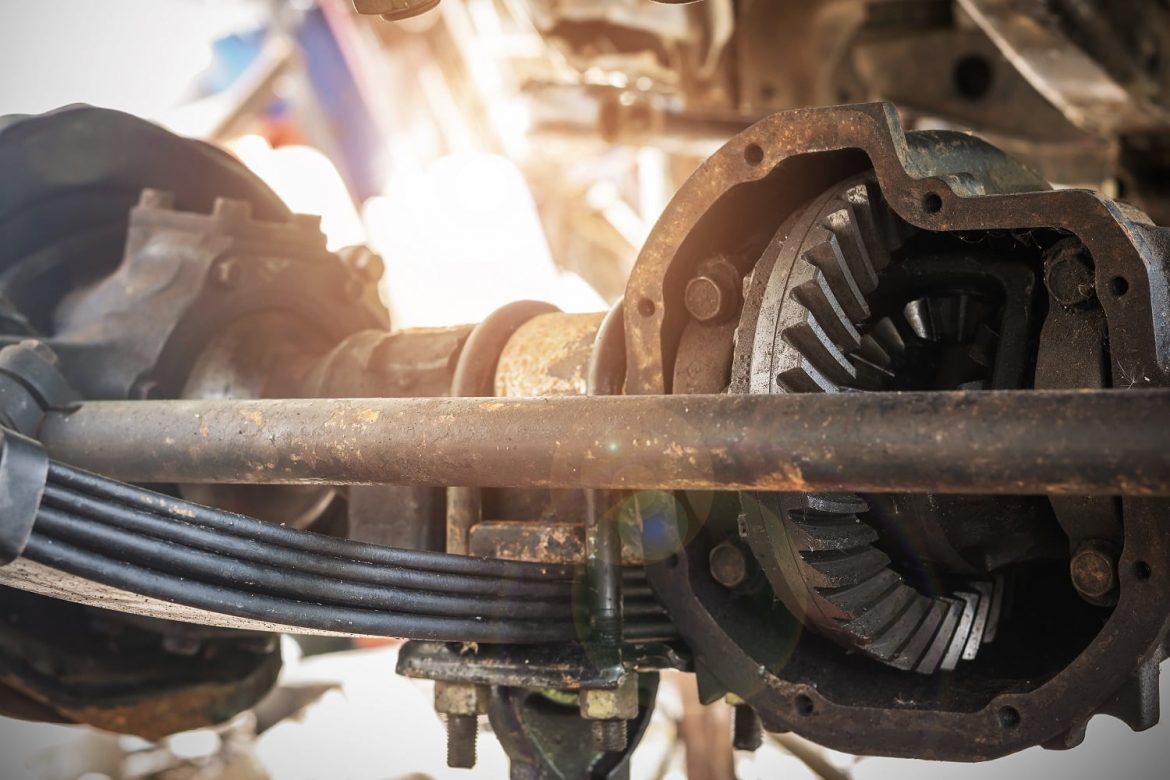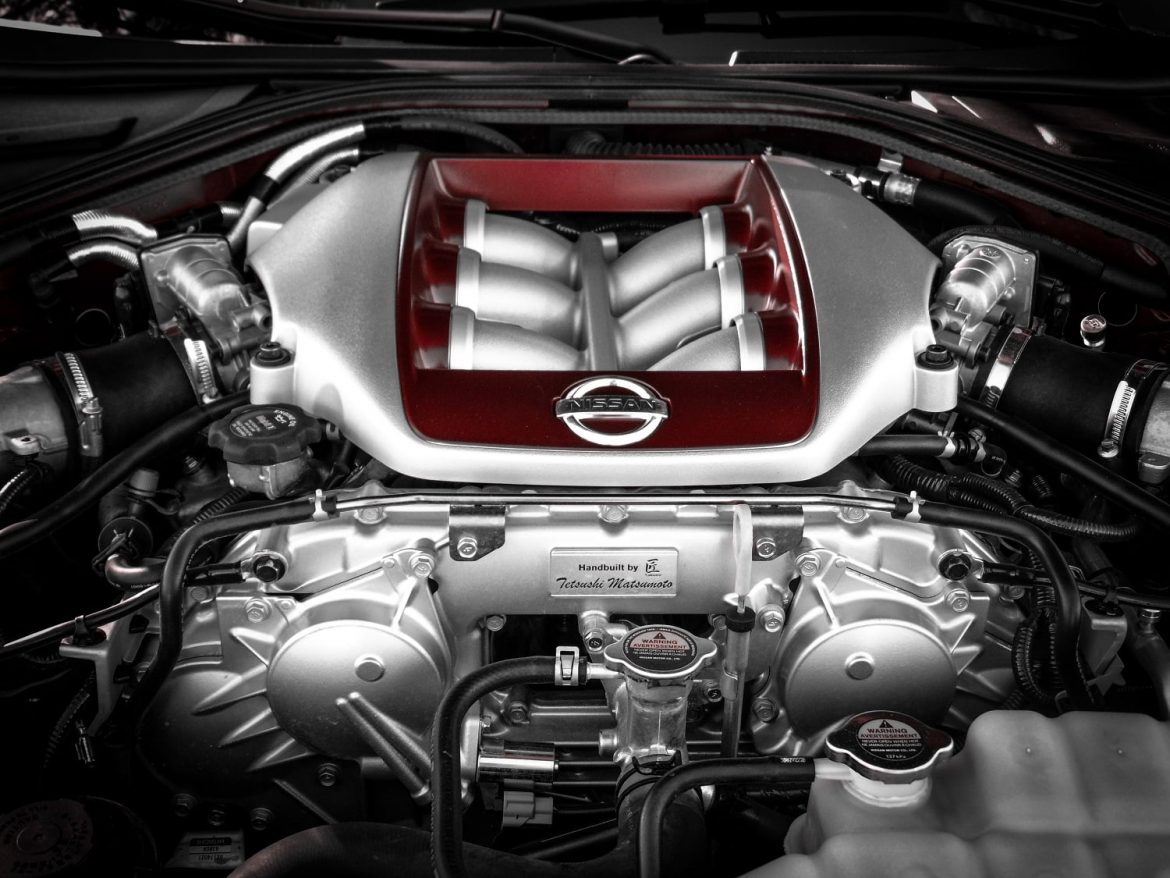Replacing a radiator hose is a super easy job no matter what you drive! The only frustrating part of the job is trying to find a way to get to the clamps on the ends of the hose. Like any job the right tool always makes things easier! before you get started replacing your radiator hose, run out and pick up a pair of hose clamp pliers to save yourself a headache.
Before we give you some helpful hints on making this job go smoothly, we’ll talk through why you might need to replace a radiator hose in the first place.
Replacing a Radiator Hose is Smart When:
- You’ve got a leak at the end of a hose
- The hose is swollen or cracking
- The hose has gotten soft
- You’re already got your cooling system drained
Like we see in the video above, if a hose is leaking, just replace it. Hoses are inexpensive and the leak can get suddenly worse leaving you stranded.
Over time, the rubber in coolant hoses starts to break down. If you squeeze a coolant hose (only attempt this when your engine is COLD!) it should feel firm like squeezing a tennis ball. If the hose feels spongy or squeezes too easily it can be an indication the hose is worn out. This can lead to the hose swelling up as the pressure inside the cooling system pushes on it, but the more important problem is that a swollen hose also is problem eroding on the inside and depositing little chunks of rubber all through your cooling system reducing heat transfer. If you’re replacing a swollen or spongy hose, consider flushing your system as well to make sure that rubber junk is sitting in your cooling system.
Lastly, if you’ve already got your cooling system drained for other maintenance like fixing a leak, replacing a water pump or changing a thermostat, consider replacing your hoses then as well. Radiator hoses are inexpensive insurance to make sure you don’t end up stuck on the side of the road.
Helpful Hints
- Get a pair of hose clamp pliers.
- Have a big enough container to catch all the coolant you have to drain. This could be up to 3 or 4 gallons if you drive a truck.
- Use your radiator drain plug to drain the cooling system rather than disconnecting the lower radiator hose while it’s full to make less of a mess.
- Be careful when removing the hose from a plastic connection like the one on your radiator or maybe your thermostat hosing. If you break the plastic nipple you’ll be buying a new radiator to go along with your new hose. Try inserting a small pick or screwdriver between the hose and nipple to break the grip the hose has on the seal to make removing the hose easier.
- make sure to thoroughly burp your system to remove any air. Air trapped in your cooling system can lead to hot spots, overheating and damage. Some systems have a bleeder valve at the high point in the system while others require being run at idle while the system is open to the atmosphere to remove the air.
- Always dispose of used coolant properly
Don’t forget to subscribe to our channel to get more great how-to videos!
Pictures provided by:
replacing_a_radiator_hose.jpg – By Kinek00 – Licensed by Getty Images – Original Link
BlueDevil Products can be found on Amazon.com or at AutoZone, Advance Auto Parts, O’Reilly Auto Parts, NAPA, and other major auto parts retailers.
Related Articles



